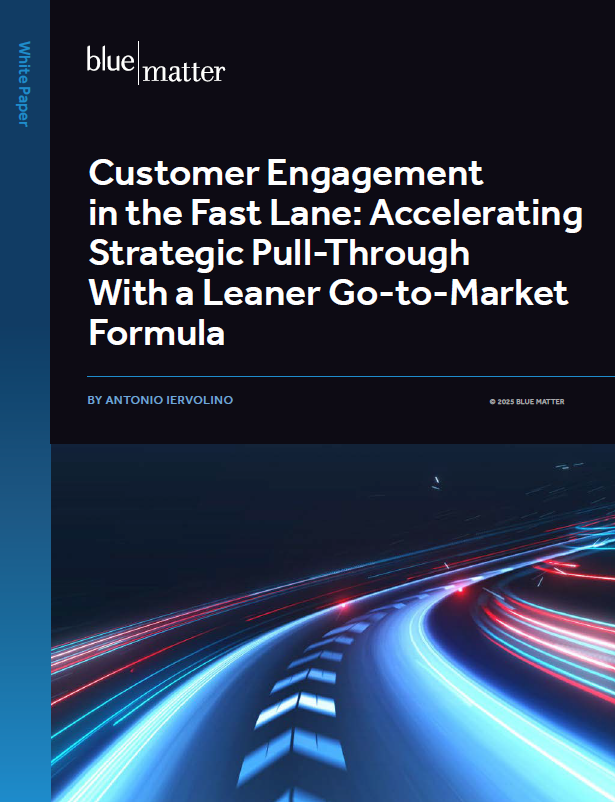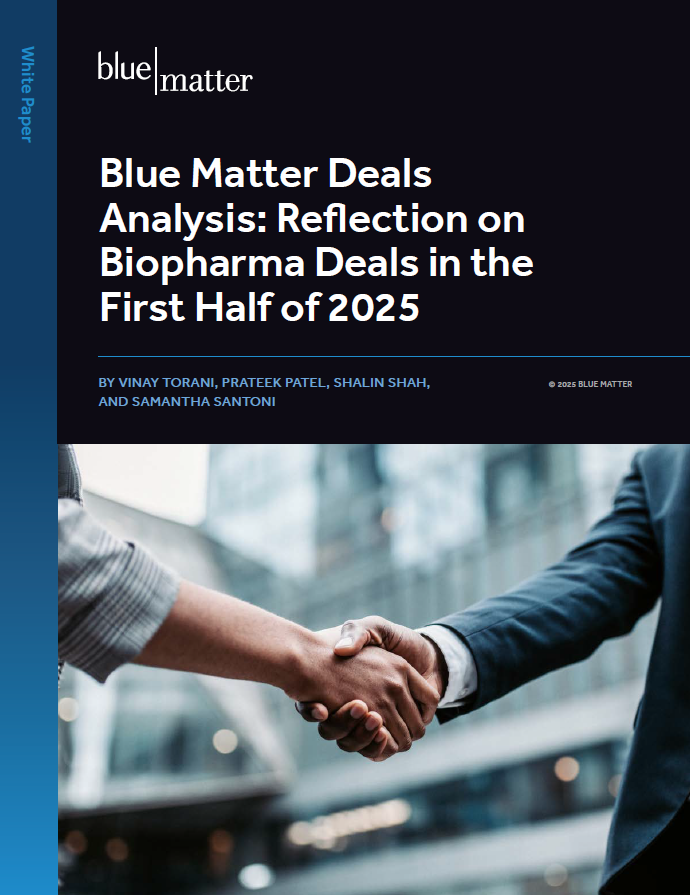
At some point in its development, any growth-minded non-European biopharma company will look to Europe as a possible source of new opportunity. Europe is attractive for various reasons, including its large population, high per-capita spend on healthcare, and vast market potential.
But successfully entering Europe is a complex undertaking, and biopharma companies need to know how to safely navigate the process. The stakes are high, and there are many pitfalls to avoid. In this series of articles, we outline the 12 most common pitfalls that biopharma companies experience as they enter European markets:
- Not knowing what it takes to “go it alone” across Europe
- Not realizing Europe may have its own clinical endpoints in mind
- Missing the opportunity of conditional marketing authorization
- Believing EMA marketing authorization = patient access
- Thinking your list price won’t cross borders
- Missing the mark with local health technology assessment (HTA)
- Not making the right European connections
- Failing to realize that EAPs can boost…or bite
- Missing a promotable label
- Building like big pharma when you’re not
- Using individual preferences vs analysis to select HQ location
- Caring too late about your infrastructure
Why Pitfall #12 Is Important
We’ve written a lot about the strategic aspects of entering European markets. In this installment, we address a vital infrastructure concern. Sometimes, pharma companies fail to realize that designing and building the optimum infrastructure is a highly strategic endeavor that is quite integral to the overall market entry process.
“Infrastructure” is a very broad term that can refer to a lot of things, such as:
- HQ and office locations
- Tools and technologies
- Supporting functions, such as Human Resources, Information Technology, and Finance
- Supply chain and distribution networks
- Quality, product safety, and business compliance
For now, we’ll take a much narrower view of “infrastructure” and focus on two extremely critical topics that we’ve seen emerging companies struggle with or address too late:
- Physical, title, and financial flows
- Licenses
Physical, Title and Financial Flows
Simply put, “physical flows” refers to the movement of a product through its manufacturing and distribution system from its point of origin to its point of delivery. With pharmaceuticals, those flows can involve a range of steps from procurement of starting materials, through manufacture, packaging, quality control testing and batch certification by a Qualified Person, all the way to delivery and administration. Often, these physical flows involve complex handling requirements, which is particularly true for controlled substances, products with specific temperature requirements, limited shelf life, and advanced therapy medicinal products (ATMPs).
“Title flows” refers to the transfer of title (ownership) of the product as it moves through its manufacturing and distribution system, during which a product can change hands multiple times. The title flow is relevant to the required set-up to enable import and indirect tax compliance. Title ownership also brings specific responsibilities with regards to pharmaceutical licensing. Finally, “financial flows” refers to the flow of money between the different entities and subcontractors that operate within a product’s manufacturing and distribution system.
Those three items can seem deceptively simple on the surface, and companies sometimes neglect to fully consider them until it’s almost too late. When they finally do, they realize that they can be incredibly complex because they are highly interconnected. Especially in Europe, diverse manufacturing, packaging, testing, handling, distribution, legal, and licensing requirements can make things much more complicated than at first imagined.
Companies who don’t begin addressing these issues early run many risks, including
- Delayed launch
- Introduction of inefficiencies in their processes
- Loss of control of their products
- Reduced sales volume
- Higher taxes
- Higher vendor costs
- Potential regulatory action.
Below, after a few words about licenses, we share a couple of examples.
Licenses
Let’s take a moment to explain which licenses may be relevant when wanting to do business in Europe. Basically, there are three sets of requirements to be covered by any biopharma company entering Europe and wanting to go-it-alone.
The first set concerns the regulatory requirements. Besides the obvious Marketing Authorisation (usually via a centralized EMA approval), many countries still require local registration activities to enable commercialization.
Second, a number of requirements are related to trade and tax compliance. These requirements involve registrations with regards to customs importation, direct and indirect tax, and more. How to fulfill these requirements and where to register depends on the flows and the legal entities involved.
The final set of requirements, the pharmaceutical licenses, are often partly overlooked. Most companies are aware of the need to engage a Qualified Person (QP), as it is part of the regulatory submission. However, there is also a requirement to have a pharmaceutical distribution license, a Wholesale Distribution Authorisation, in case the QP does not operate under the company’s internal Manufacturing and Importation Authorisation. Requirements vary per country, as Good Manufacturing Practice (GMP) and Good Distribution Practice (GDP) compliance oversight has been largely delegated to the member states. Additionally, some countries, such as France, (and, after Brexit, the UK), have additional local pharmaceutical licensing requirements.
Companies Who Experienced This Pitfall
Any company based outside of Europe needs a pharmaceutical import license to bring product into the EU. One US company had a subsidiary entity in the UK that held a pharmaceutical import license. However, the company didn’t realize that “Brexit” had rendered that entity’s license invalid for EU entry. So, the company had to find a work-around on short notice. Ultimately, it had to rely on a 3rd party contract manufacturing organization (CMO) in Spain to import the product. This meant that the pharma company had to introduce another party into the supply chain and that it was no longer the selling party in Europe, at least until it got its licensing issues sorted. This was a costly mistake, as it reduced the company’s margins and distracted internal resources to address it.
Another company missed a consideration regarding physical flows. If a product is tested in the US and then shipped into the EU, that testing is considered valid due to mutual recognition. One company’s distribution plan involved testing in the US, with subsequent packaging activities performed in Canada. The company did not realize that the intermediate step of packaging in Canada rendered the testing null and void according to EU regulations. So, re-testing was required at a considerable extra cost in money and time.
How to Avoid It
To avoid such pitfalls (and potential others), a company must consider licensing, as well as the title, financial and physical flows of its product early, as early as two years before the anticipated launch. The company must integrate these components into its broader strategic planning for Europe. As it considers its long-term ambitions in Europe, the launch markets and sequence, and whether to “go-it-alone” or use partners, it must also consider how the product itself will be distributed.
The strategic decisions the company makes can have profound consequences for the licensing requirements, the vendors needed, and launch timing. Often, emerging companies do not have in-house experts who fully understand the “maze” of potential requirements. So, to avoid difficulty, it’s wise to engage with local EU expert(s) who do.






